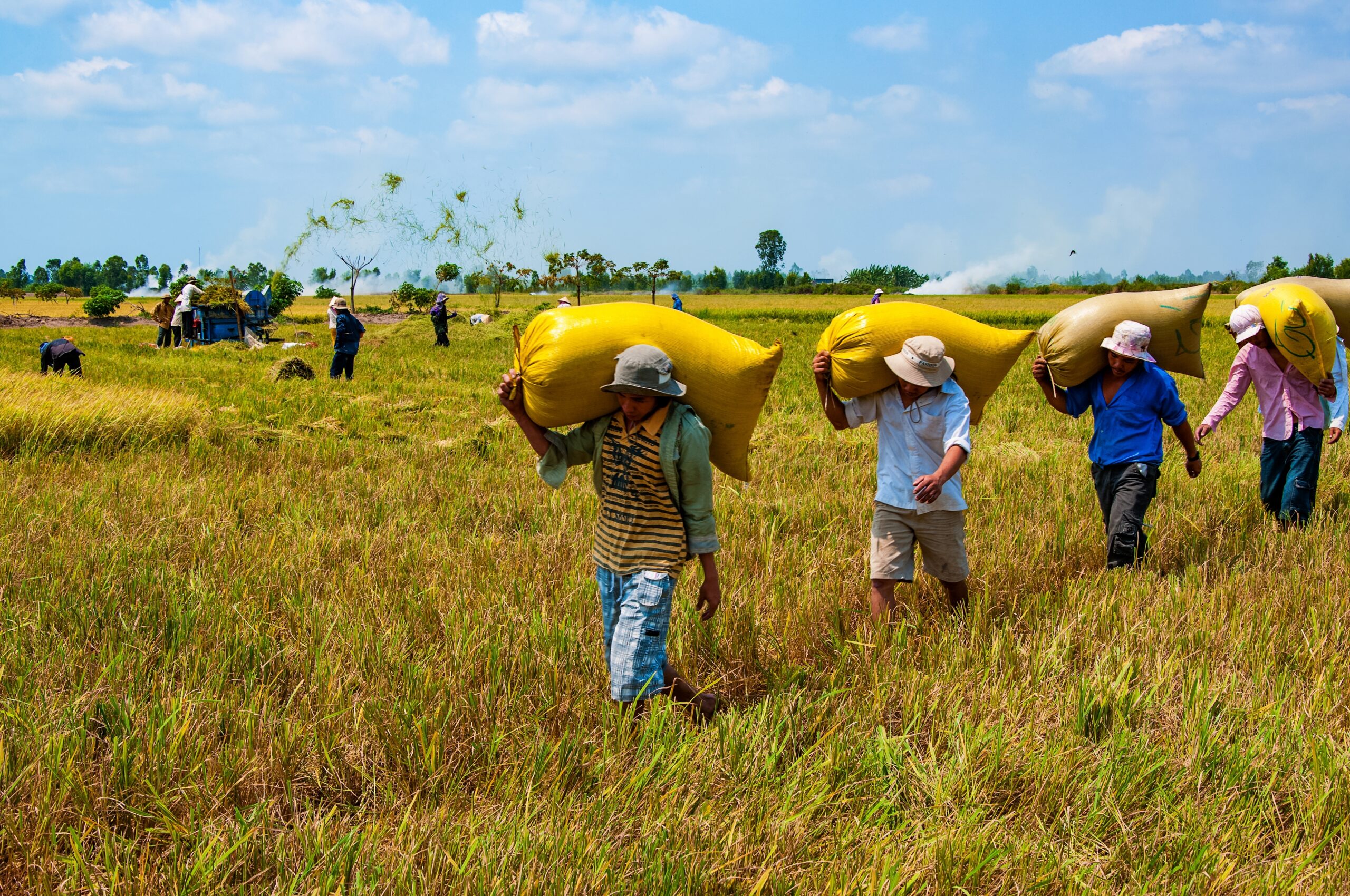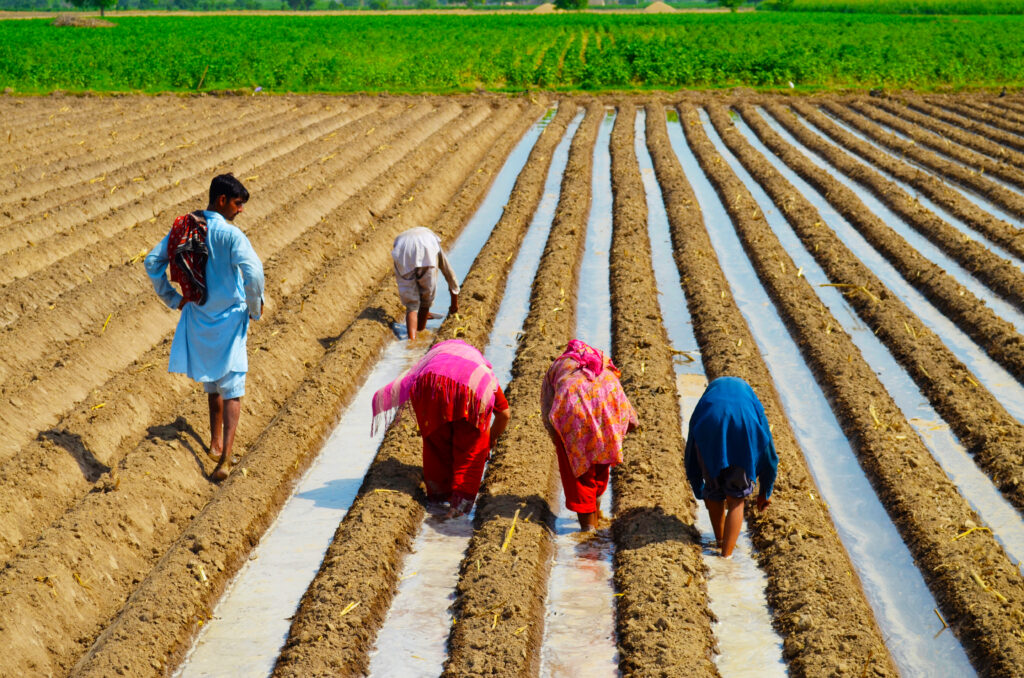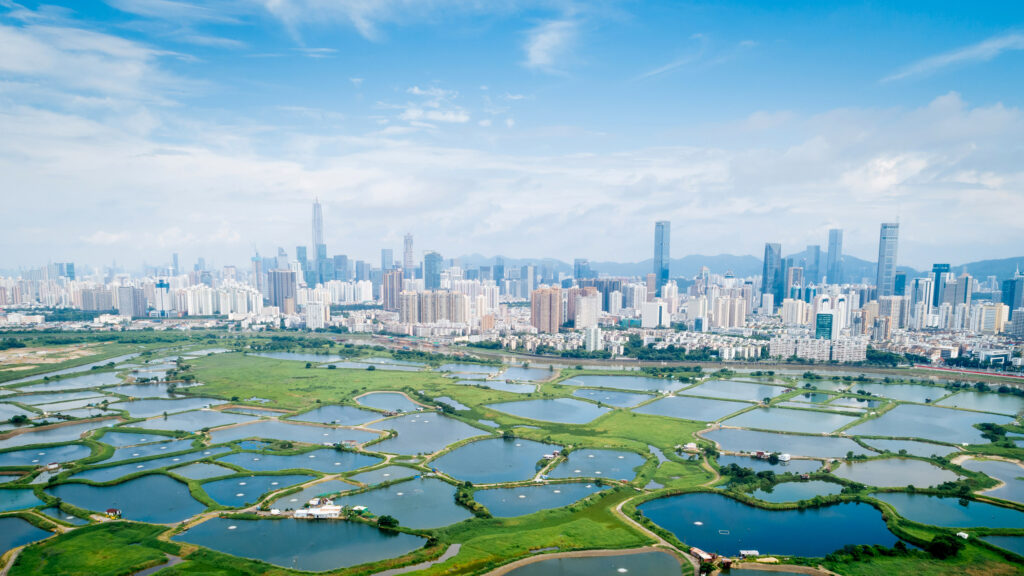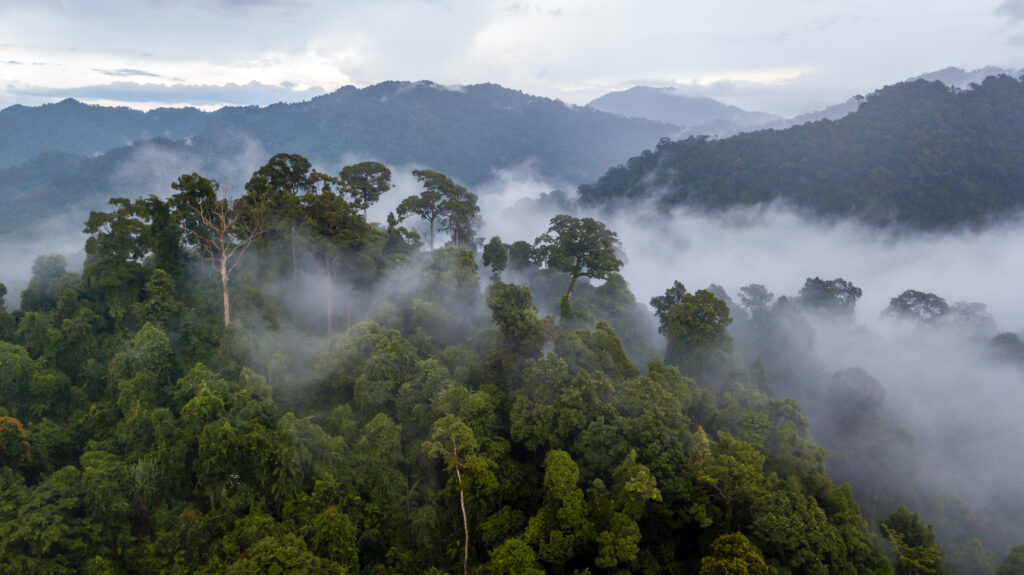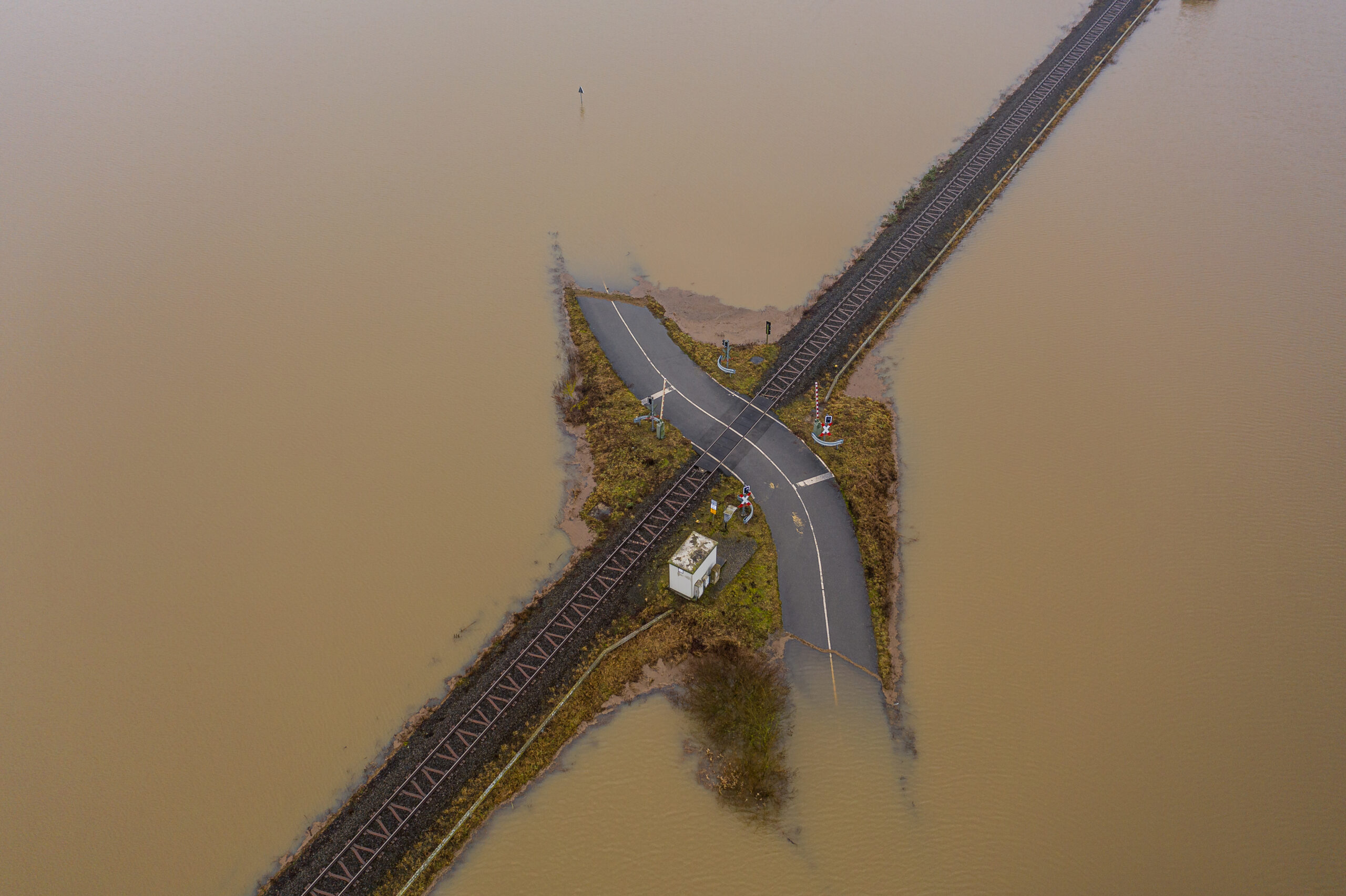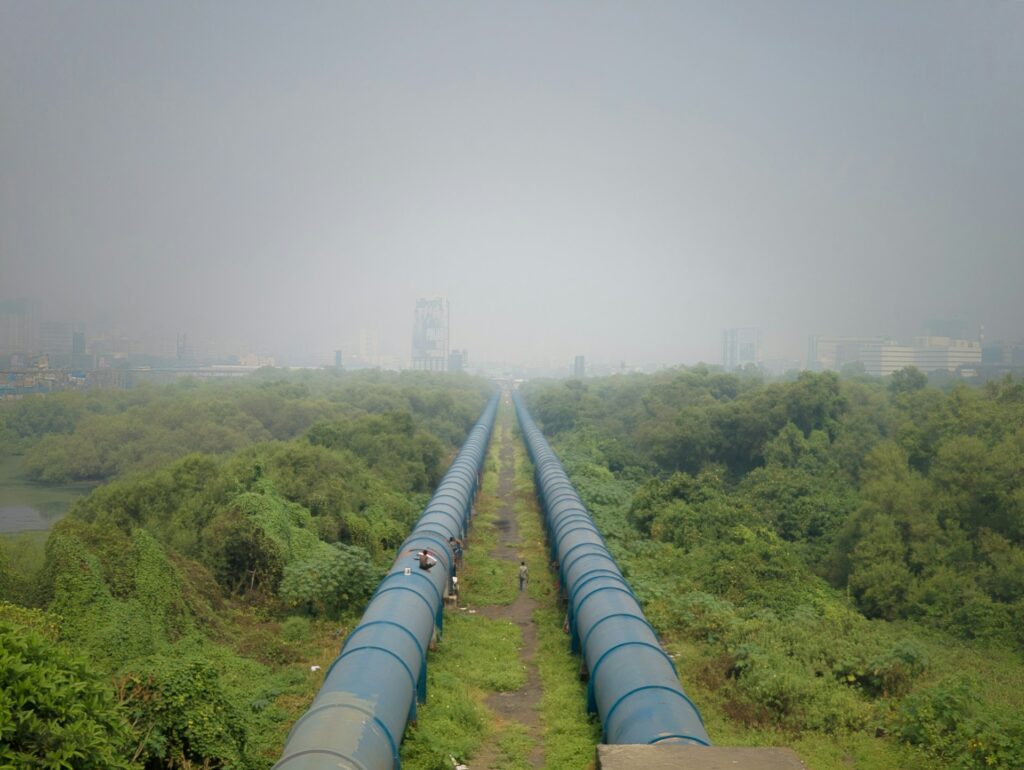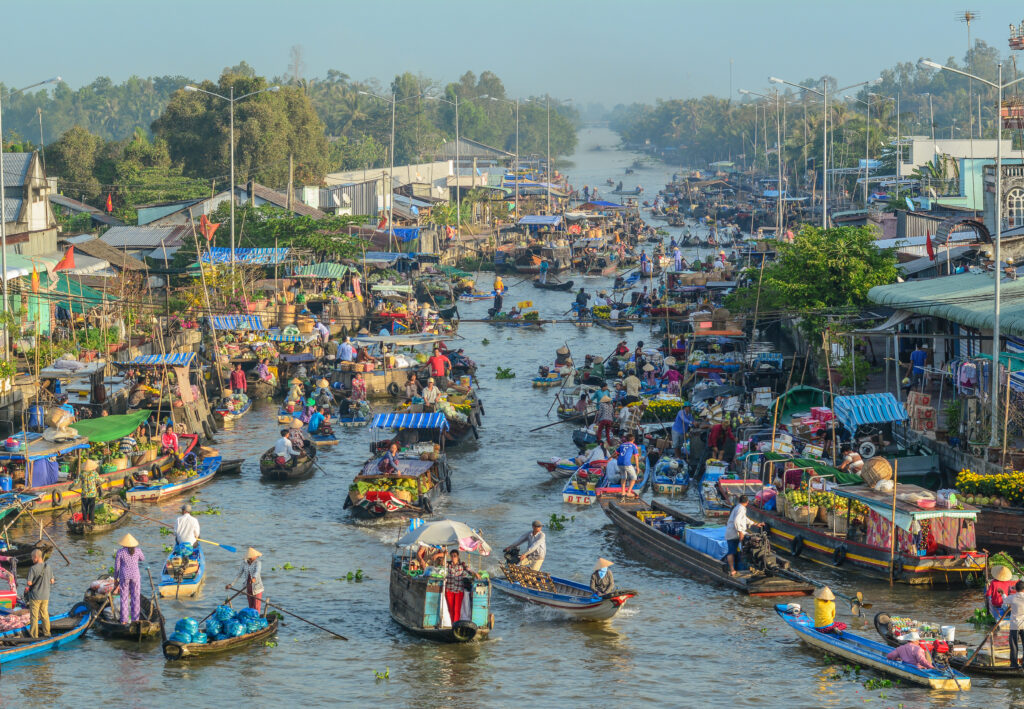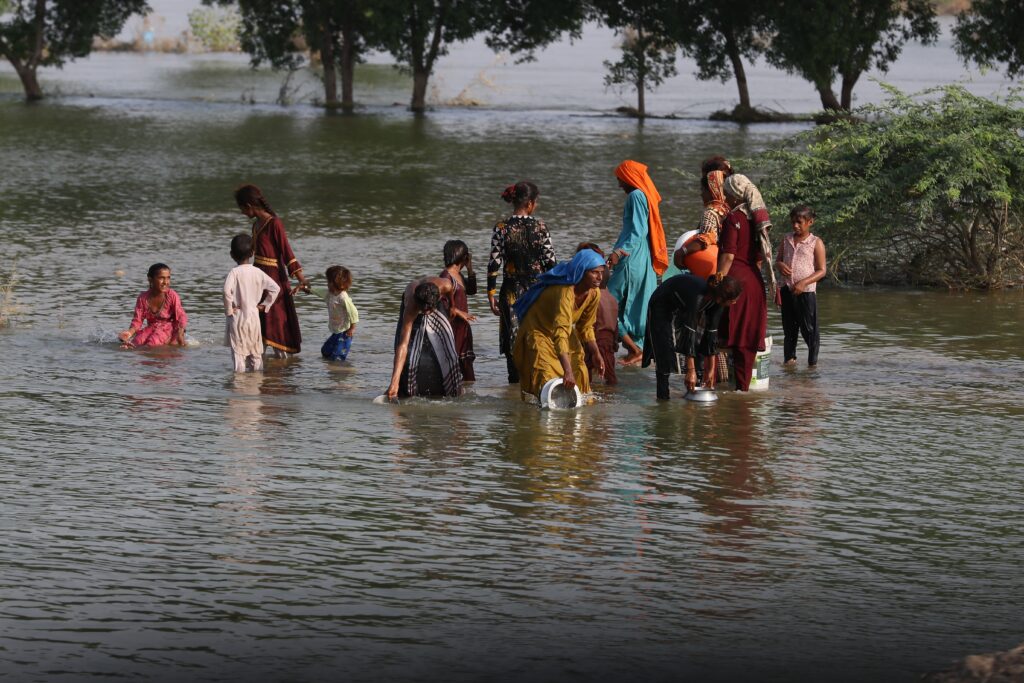Climate change adaptation for agriculture is reaching a tipping point. The world already has unseasonal temperatures, fluctuating rainy seasons, increased droughts and severe weather events. And these impacts are set to become even more severe. The world needs climate smart agriculture.
Climate Change’s Impact on Crop Productivity
Since 1961, the world has had an agricultural productivity increase that is 21% lower than it would have been without climate change, according to a 2021 study. This realisation comes against a backdrop of rising global populations. Meanwhile, productivity must increase by 60% by 2050 to meet demand.
However, agriculture remains a major industry for nations that not only rely on the sector for food but also livelihood. Around one-third of the global population relies on agriculture for their income. Declines in agriculture are causing catastrophic societal issues around the world. For example, Somalia will have over 8 million people living with food insecurity by mid-2023.
As a result, climate change adaptation for agriculture has become necessary. The once reliable environmental conditions that have historically defined farming are increasingly affected by climate risks. Reducing greenhouse gas emissions and addressing climate change should be a priority.
How Does Climate Change Affect Agriculture?
Climate change is affecting the Earth’s biological processes. This is changing weather patterns, which are altering farming cycles and degrading environments, reducing the effectiveness of agricultural techniques. Land degradation is another issue.
Food Insecurity
While the issues affecting specific regions will be as diverse as the local environments themselves, a consensus has formed that the effects of climate variability will severely affect food security. A 2017 study published in Nature shows that even low changes in the climate would make food importers especially vulnerable.
This would cause a chain reaction in economic welfare and exacerbate the rift between developed and developing countries. The war in Ukraine indicates what happens when a major grain producer is no longer part of the supply chain.
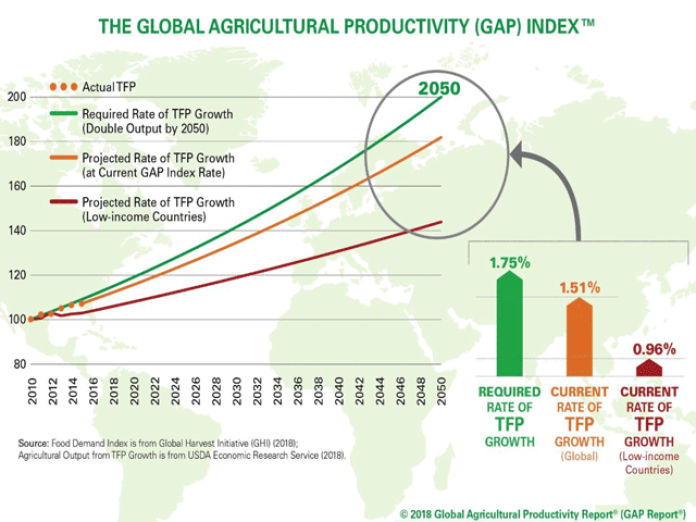
Droughts
Hydrological droughts result from a lack of total available water and have already affected several nations’ agricultural sectors and are taking hold across the world, from India to Spain. One of Europe’s largest food exporters, Spain is bracing itself for reduced production this year.
What does this mean for developing nations if a major economy cannot adapt to climate change’s effects on agriculture?
The Social and Economic Effects of Agriculture Loss
Drought does not just affect agriculture. Increasing temperatures, climate extremes and changing rainfall patterns will aggravate socioeconomic issues in already water-insecure areas. Countries with less robust agricultural sectors, limited access to climate change adaptation options and insufficient funding to adapt their infrastructure will be left behind as larger, wealthier nations are more able to cope with changing weather patterns and lower crop yields.
Several former UN secretaries-general have expressed fears that future wars may no longer be waged to protect ideals but to secure water. For example, experts point to the Syrian civil war as the first conflict driven partly by climate change. In addition to mounting political pressures in Syria before the war’s outbreak, tensions were exacerbated by desertification, poor water security, record-breaking droughts and a failing agricultural sector.
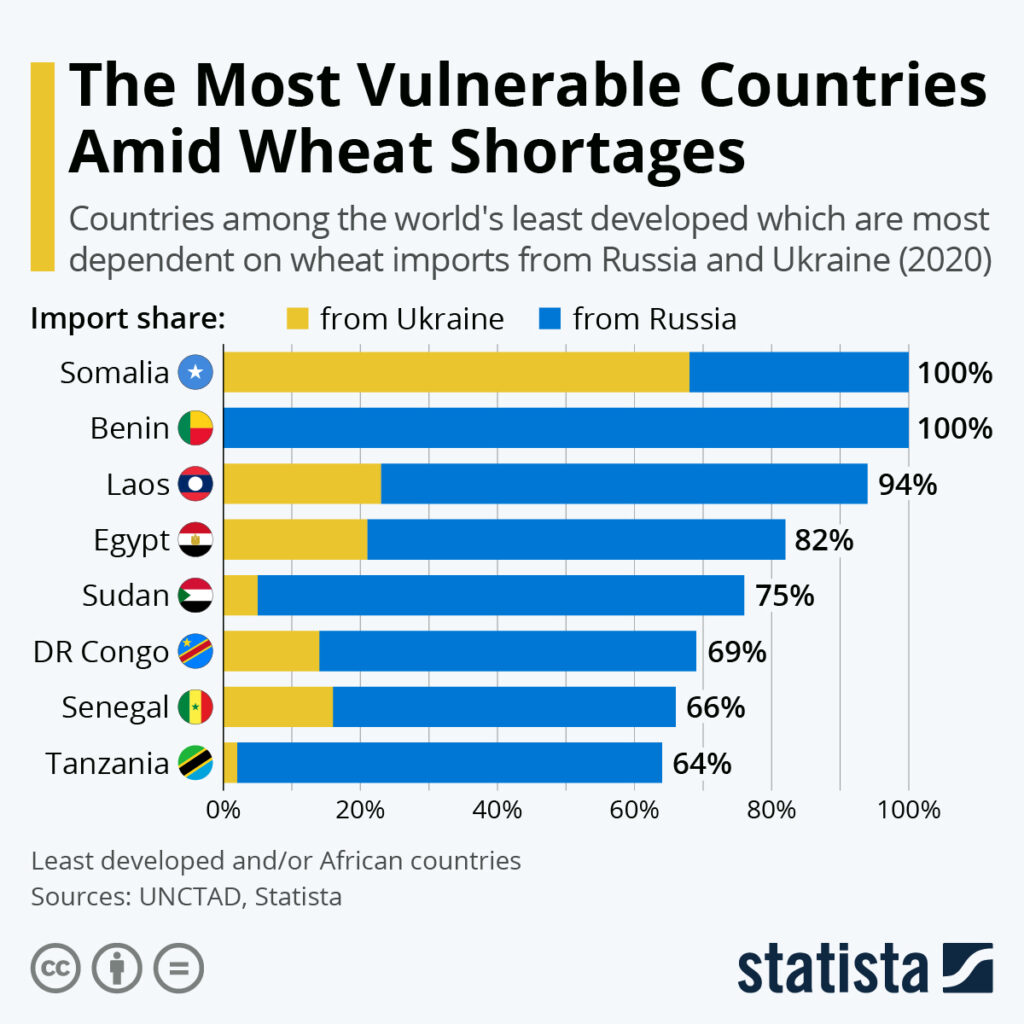
In the near future, climate change will be the root cause of mass internal and external migrations. Furthermore, it will lead to many public health issues, like those showcased by the Syrian civil war.
“Internal displacements are set to become more frequent as severe weather events compounded by resource scarcity push communities to flee their homes in search of safety elsewhere within the country,” explains ClimaTalk’s Vincent Diringer. “In 2020, 55 million internally displaced people were recorded in 149 different nations and territories, up from the 50.8 million that had been forced from their homes in 2019,” said Diringer. “The Internal Displacement Monitoring Centre (IDMC) warns that the rising number of displaced people has strong implications for both domestic and international policy, and that the misconception that it is a short term issue needs to be dispelled.”
How Can Agriculture Adapt to Climate Change?
Several solutions are under development to help the agricultural sector adapt to and reduce climate change risks. Smart agriculture using technological advances is a leading adaptation approach. Hi-tech greenhouses, which manage their own resources, regenerative agriculture, agroforestry and integrated crop management are all opportunities taking hold.
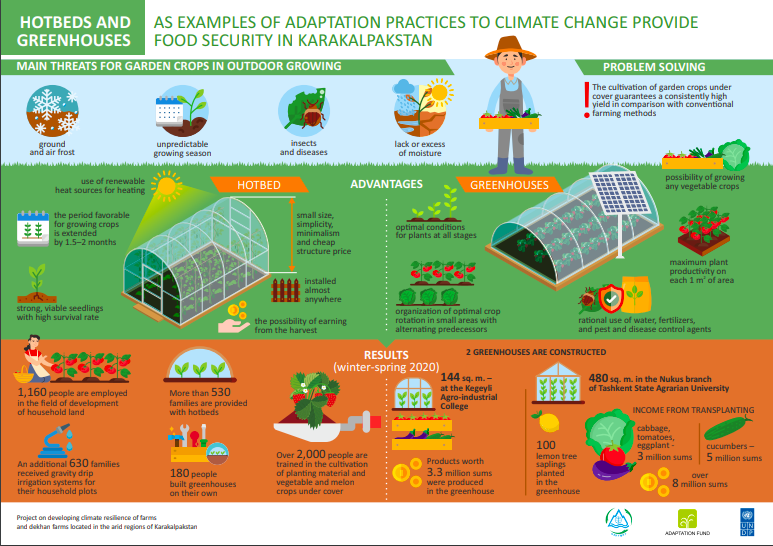
However, these all need a buy-in from farmers as well as the financial ability to transition to these new methodologies.
UNFCCC Ambassador for Net Zero Racquel Moses notes, “Smart agriculture is a slow but steadily growing industry that seeks to maximise crop production using the least amount of resources and space possible. Currently, the market for smart agriculture is set to grow from USD 15.45 billion in 2022 to USD 32.37 billion by 2028.”
Therefore, there is indeed a global appetite for sustainable agriculture initiatives.
Agricultural Adaptation Examples
Due to this looming and ongoing issue, agriculture adaptation to climate change is slowly underway. For example, the government of Anguilla is helping local farmers with smart hydroponic setups capable of improving resource efficiency. Furthermore, agroforestry has been developing in Cameroon since 2017, and Indian entrepreneurs are looking to implement more integrated farming methods.
Current Status of Agricultural Adaptation Funding
While these initiatives are all heading in the right direction, they remain slow and below the scale the world needs. In Sub-Saharan Africa alone, the annual adaptation costs for agriculture will top USD 15.5 billion annually by 2050. The current total adaptation funding for Africa sits at only USD 11.4 billion, highlighting a significant funding gap.
There are similar trends in regions around the world. Global government and the private sector must step up adaptation funding efforts to protect global livelihoods and develop climate-resilient communities.
Eric Koons
Writer, United States
Eric is a passionate environmental advocate that believes renewable energy is a key piece in meeting the world’s growing energy demands. He received an environmental science degree from the University of California and has worked to promote environmentally and socially sustainable practices since. Eric has worked with leading environmental organisations, such as World Resources Institute and Hitachi ABB Power Grids.
Eric is a passionate environmental advocate that believes renewable energy is a key piece in meeting the world’s growing energy demands. He received an environmental science degree from the University of California and has worked to promote environmentally and socially sustainable practices since. Eric has worked with leading environmental organisations, such as World Resources Institute and Hitachi ABB Power Grids.

